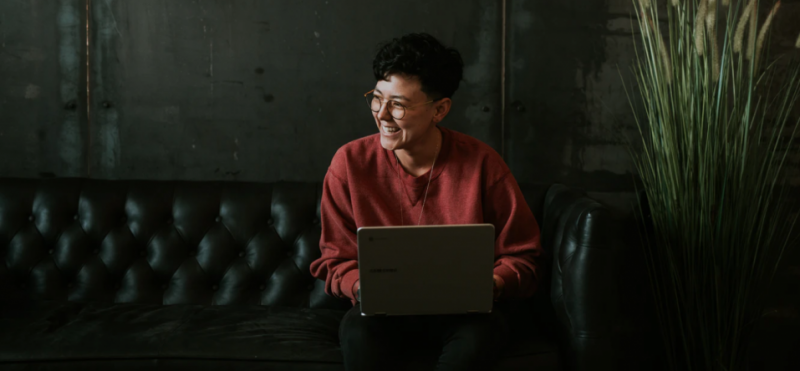 Even without a deadly contagious virus (COVID-19) spreading to all corners of the world with social distancing requirements, many youth and adults felt alone and isolated. Being socially connected with others is considered a fundamental human need. With less physical social connections and isolation health risk may increase. But there are ways to combat isolation and loneliness to those who are at the most risk.
Even without a deadly contagious virus (COVID-19) spreading to all corners of the world with social distancing requirements, many youth and adults felt alone and isolated. Being socially connected with others is considered a fundamental human need. With less physical social connections and isolation health risk may increase. But there are ways to combat isolation and loneliness to those who are at the most risk.
Who’s At-risk From Lonliness?
- The unemployed: many workers are losing their jobs due to COVID-19 increasing isolation, stress, and low self-esteem.
- Schools are practicing social distancing, leaving some youth in isolation from normal activities, community events, sports, and other social connections.
- Disparities exist for low-income populations who do not have access to internet service and are at a disadvantage for social connections through digital means.
- Physically challenged or older adults have a high chance of chronic isolation and loneliness due to lack of community involvement, family support, and sense of purpose.
Real or Perceived
Isolation is the actual loss of connections. Loneliness is not the same as isolation or solitude. Loneliness can occur when one is surrounded by others. It can be defined as the level of satisfaction of social connections or perceived social isolation. So an individual’s perception of loneliness or negative self-thoughts can contribute to the degree of loneliness.
Chronic loneliness can set in when people don’t have the emotional, mental, or financial resources to get out to connect and satisfy their social needs or lack connections that can provide these resources.
Negative Consequences from Isolation and Loneliness
There are many side effects of isolation and loneliness. When at-risk people are experiencing isolation and loneliness from lack of encouragement from family or friends, they can start bad habits such as poor eating, poor sleeping, and loss of activity. These habits can lead to undesired health outcomes such as mental health issues, substance abuse issues, obesity, and depression.
Recovery
Recognizing and dealing with negative thoughts about self-worth and perception of how others see you are important goals. Join community and social groups (virtually for now), volunteer, join book clubs, or find something that is meaningful to you that will help reach those goals. Finding a sense of purpose in life should reduce the feeling of isolation and loneliness and lead to a healthier and happier life.
How you can help others
Include all segments of population in any appropriate activity. Help them understand how important they are and how they add value to society. Everyone has a purpose in life; sometimes we all need a little help in finding that purpose. Build positive relationships with others, empower them to find interest in life. Provide them with connections to resources they may need such as mental health or substance abuse counseling. Smile and laugh with others.
Angela Sheppard is a GovLoop Featured Contributor. She started working with the State Attorney’s Office 23 years ago. She first started as the receptionist and then progressed to the Diversion Program Director. While in her current position, she has shown initiative in community outreach activities, advocacy in prevention, and revitalizing programs. While working with the State, she has earned her Public Administration Master Degree, Certification as a Certified Florida Family Mediator, and a Graduate Certificate for Human Resource Policy Management. Angela spends her spare time volunteering as Board Chair with AMIKids, a non-profit school. She enjoys enrichment programs such as GovLoop.com and other educational media.





Helpful and timely! Several great suggestions too! Thanks for sharing, Angela.